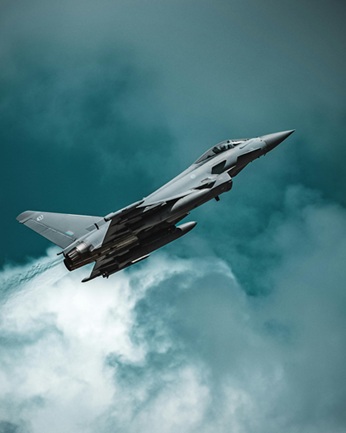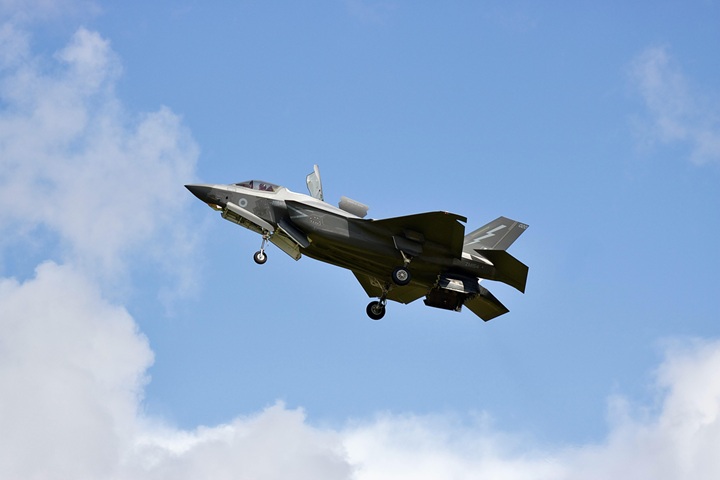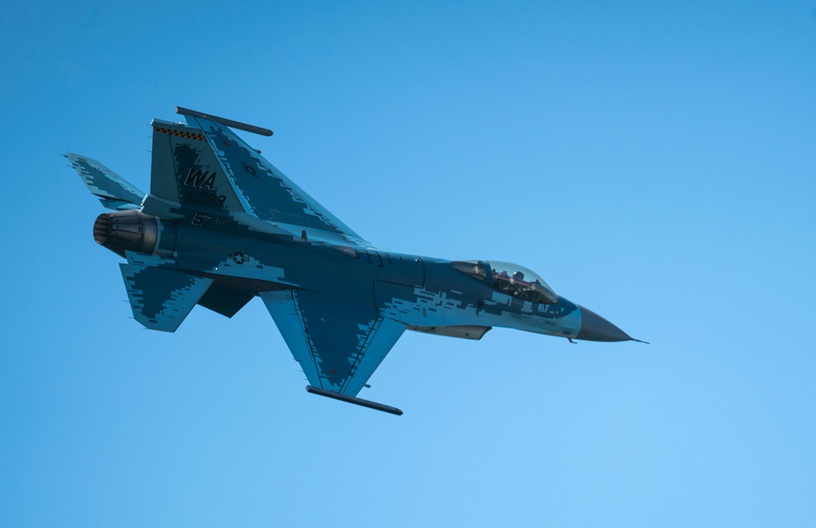Supersonic Jet
The allure of supersonic travel has always captured humanity’s imagination. The prospect of crossing oceans in mere hours and shrinking the world has driven aerospace innovation for decades. As we embark on a new chapter in aviation history, it’s clear that the supersonic boom is not just a relic of the past but a vision of the future.
A Legacy of Innovation: The Concorde Era
In the 1960s, the Concorde emerged as the epitome of technological marvel. This iconic aircraft, developed in wind tunnels, marked humanity’s first foray into commercial supersonic flight. However, the process of building and testing the Concorde was labor-intensive and costly. Engineers relied on physical models to test aerodynamics in wind tunnels, requiring months and millions of dollars for every iteration. While the Concorde’s groundbreaking technology captured the world’s attention, its high operating costs and environmental impact ultimately led to its retirement in 2003.

A New Frontier: Computational Fluid Dynamics
Fast forward to the 21st century, and the game has changed. Companies like Boom Supersonic are revolutionizing aircraft design with computational fluid dynamics (CFD). Unlike traditional wind tunnel testing, CFD is a digital simulation that allows engineers to analyze airflow and aerodynamics virtually. Blake Scholl, the founder of Boom, describes CFD as a “digital wind tunnel” that enables hundreds of tests to be conducted overnight at a fraction of the cost of physical testing.
This technological leap has streamlined the development process, making it faster, more efficient, and cost-effective. Engineers can now refine designs with unprecedented precision, paving the way for a new generation of supersonic aircraft.

The XB-1: A Stepping Stone
Boom’s XB-1, a prototype for its upcoming commercial aircraft, represents a significant milestone in supersonic innovation. Made almost entirely of carbon fiber composites, the XB-1 is both strong and lightweight—qualities essential for achieving supersonic speeds. These advanced materials not only improve performance but also reduce fuel consumption, making the aircraft more sustainable.
The XB-1 serves as a testbed for cutting-edge technologies that will be incorporated into Boom’s flagship aircraft, the Overture. By demonstrating the feasibility of these innovations, the XB-1 is laying the groundwork for the future of commercial supersonic travel.

The Overture: A Vision of Sustainable Supersonic Travel
Boom’s Overture is poised to redefine air travel. Designed to accommodate up to 100 passengers, the Overture aims to connect cities like London and New York in just 3.5 hours. But speed is not its only selling point; sustainability is at the heart of its design.
The Overture will be powered by conventional jet engines capable of running on up to 100% sustainable aviation fuel (SAF). SAF, derived from renewable resources like agricultural waste and algae, significantly reduces greenhouse gas emissions compared to traditional jet fuel. While SAF is currently expensive and limited in supply, its adoption is scaling. Scholl envisions a future where SAF powers all long-haul flights, aligning with global efforts to achieve net-zero emissions in aviation.
The Overture Superfactory
To bring this vision to life, Boom has established the Overture Superfactory in Greensboro, North Carolina. Completed in 2024, this state-of-the-art facility is designed to produce up to 66 Overture aircraft annually. The factory embodies efficiency and innovation, with modular assembly lines and advanced automation systems.
The Overture Superfactory also serves as a hub for sustainable practices. From energy-efficient operations to minimizing waste, the facility reflects Boom’s commitment to environmental stewardship. As production scales, the factory will play a pivotal role in making supersonic travel accessible and sustainable.
Challenges and Opportunities
While the future of supersonic travel is promising, it is not without challenges. Noise pollution, often associated with sonic booms, remains a significant concern. Regulations currently restrict supersonic flights over land due to their disruptive impact. However, advancements in noise reduction technologies and revised regulatory frameworks could address these issues.
Another challenge is the high cost of developing and operating supersonic aircraft. Despite advancements in design and manufacturing, the economic viability of supersonic travel depends on achieving a balance between speed, sustainability, and affordability. Boom’s focus on leveraging SAF and innovative materials is a step in the right direction, but widespread adoption will require collaboration across the aviation industry.

The Future of Aviation
The resurgence of supersonic travel represents a broader shift in the aviation industry. As global connectivity becomes increasingly vital, the demand for faster and more efficient modes of transportation will continue to grow. Supersonic aircraft like the Overture have the potential to transform long-haul travel, making it not only quicker but also more sustainable.
Moreover, the technologies driving supersonic innovation have implications beyond aviation. From advanced materials to digital simulations, these advancements could influence industries ranging from automotive to renewable energy. The ripple effects of supersonic innovation are far-reaching, underscoring its significance in shaping the future.

Conclusion
The supersonic boom is more than a technological milestone; it is a testament to humanity’s relentless pursuit of progress. By embracing innovation and sustainability, companies like Boom Supersonic are charting a course toward a future where speed and environmental responsibility coexist. While challenges remain, the vision of supersonic travel is becoming a reality, promising to revolutionize the way we connect and explore the world.
As we look to the horizon, one thing is clear: the supersonic boom is not just the sound of breaking barriers but a symbol of breaking limits. The future of aviation is supersonic, and it is closer than we think.
Disclaimer
This blog is intended for informational purposes only and reflects the current state of supersonic travel and its potential impact on the aviation industry. The information provided is based on available data and statements from industry leaders. Readers are encouraged to conduct their own research and consult relevant experts before making decisions related to aviation technologies. The views expressed in this article do not necessarily represent the official stance of Boom Supersonic or other entities mentioned.


Recent Comments